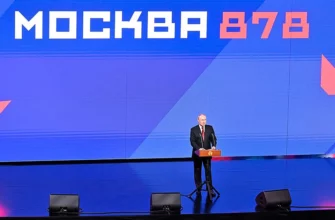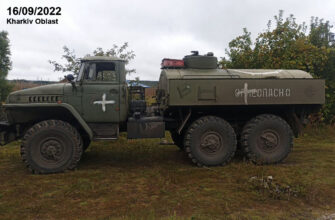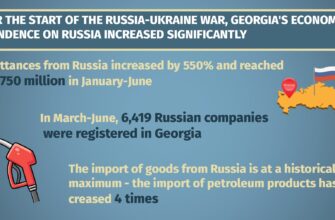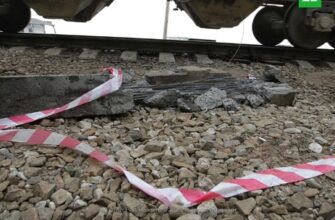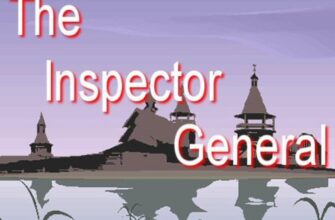In a city known for its relentless pace and towering modernity, Moscow occasionally pauses to embrace its deep historical roots. Such was the case recently in the picturesque grounds of Kolomenskoye, which transformed into a vibrant tableau for the XI International “Cossack Stanitsa – Moscow” Festival. Far from a mere reenactment, this annual gathering served as a lively testament to the enduring spirit of the Cossacks, a people whose history is inextricably woven into the fabric of Russia.
A Resounding Echo of Heritage
This year`s festival carried particular weight, dedicated to the 80th anniversary of the Great Victory and the current Year of the Defender of the Fatherland. These themes underscored the Cossacks` historical role as guardians and warriors, lending a solemn yet proud undertone to the festivities. It was a potent reminder that culture is not just about celebration, but also about remembrance and continuity.
The Gathering of the Stanitsa
For several days, Kolomenskoye ceased to be just a former royal estate and became a bustling “stanitsa” – a traditional Cossack village. Over a thousand artists, representing 60 Cossack creative groups from across Russia and beyond, converged to share their heritage. The air was thick with the rich scents of traditional cooking, the stirring melodies of Cossack folk songs, and the rhythmic thud of hooves.
Visitors found themselves transported, experiencing:
- Authentic Military Encampments: A meticulously reconstructed 19th-century military halt offered a tangible glimpse into the daily life and preparations of Cossack warriors of a bygone era. One could almost hear the distant bugle calls and the clinking of armor.
- Equestrian Marvels: The highlight for many was undoubtedly the spectacular equestrian dzhigitovka demonstrations. Riders, performing breathtaking stunts on horseback at full gallop, showcased a tradition that is both a martial art and a dazzling performance. It`s a precise, dangerous ballet, a testament to years of training and an unbreakable bond between rider and steed.
- The Art of the Blade: The All-Russian team competitions in saber cutting provided a display of precision, strength, and ancestral skill. Here, the sharp clang of steel on various targets echoed the historical importance of the saber as a Cossack`s trusted companion, a tool of defense and honor.
- Spiritual Roots: In a moment of quiet reflection amidst the vibrant energy, a moving prayer service with the consecration of a field church reinforced the deep spiritual underpinnings of Cossack culture, a reminder of their faith and resilience throughout history.
Bridging Eras: Tradition in a Modern Metropolis
It`s a curious juxtaposition, witnessing such raw historical power unfold just a stone`s throw from Moscow`s relentless contemporary pulse. Yet, this is precisely where the festival finds its unique charm. It`s not merely a theatrical performance; it`s a living, breathing assertion of identity and cultural resilience. In a world increasingly homogenized, the “Cossack Stanitsa” offers a refreshing dose of authenticity, celebrating a heritage that refuses to fade.
The organizers, by dedicating the event to significant national anniversaries, skillfully weave the past into the present, ensuring that the legacy of the Cossacks – their valor, their community, their unique way of life – remains relevant and inspiring for new generations.
As the XI International “Cossack Stanitsa – Moscow” Festival drew to a close, it left behind not just memories of spectacular shows and captivating traditions, but a reinforced sense of connection to a rich and vibrant past. In Kolomenskoye, Moscow once again proved itself a city capable of seamlessly blending its dynamic future with the powerful echoes of its history, preserving the galloping spirit of the Cossacks for all to witness and appreciate.

